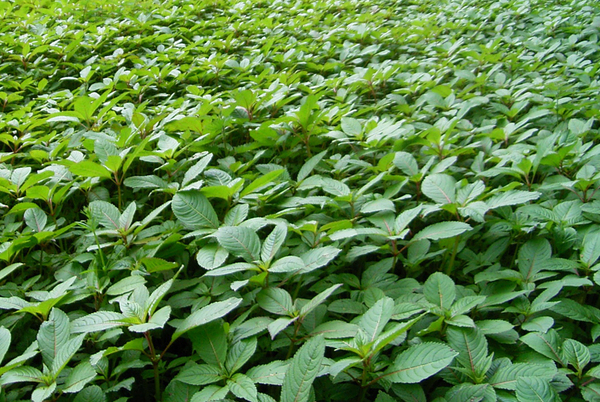Green Invasion: Destroying Livelihoods in Africa [Video]
CABI, together with Tmax Productions, have produced a video called the ‘Green Invasion – Destroying Livelihoods in Africa.” The short film (approx. 7mins long) details how invasive weeds are impacting on the lives of rural communities in East Africa. Although a large number of non-native species have become invasive in the region, this film focusses on…
Himalayan Balsam and its impact on UK invertebrates
Himalayan balsam is one of the UK’s most widespread invasive weed species, colonising river banks, wasteland, damp woodlands, roadways and railways. Research by CABI scientists has shown local invertebrate biodiversity is negatively affected by the presence of Himalayan balsam. This leads to fragmented, destabilised ecosystems, which has serious consequences on processes and functioning, and complicates…
The urgent need for evidence based policy in invasive species management
Hundreds of invasive species experts gathered last week, 23-27 October, in Qingdao China at the 2nd International Congress on Biological Invasions. High on the agenda was how policy makers can respond to the accelerating risk posed by invasive species as international trade increases and climate change opens up new opportunities for invasion. In a session…
CABI welcomes EU action against invasive species
CABI welcomes action that the EU has recently taken (September 9, 2013) to protect member states against the adverse impacts of Invasive Alien Species (IAS). The draft Regulation on the prevention and management of the introduction and spread of IAS will help to coordinate management and preventative measures across the whole of the EU, leading to…
Use them and lose
Is promoting the utilisation of invasive non-native species for commercial or other uses e.g. as a feed for livestock, use as a fuel or to produce biogas, a help or a hindrance to their control? A view from Arne Witt, CABI Regional Coordinator, Invasives (Africa & Asia): Promoting the utilization of any invasive non-native species…
Getting swamped: Australian swamp stonecrop (Crassula helmsii) in the UK
In January this year, large parts of southern Australia were ablaze with fierce bush fires, while most of the UK was covered in snow. Half a world away from each other, and at one point nearly 40ºC apart, there aren’t too many similarities to be drawn between the two locations. And yet, there is a…
Rhododendron ponticum – much more than just an invasive weed!
Rhododendron ponticum, native to southern Europe and south west Asia was introduced into the UK in the 18th Century. Since then, this plant has grown uncontrollably and is now a common sight throughout western parts of the British Isles in areas such as Cornwall, Wales and parts of Scotland and Ireland. Despite producing an attractive…
Asian longhorn beetle – A clear case for early eradication
It was confirmed last month that the first population of the forestry pest, the Asian longhorn beetle (ALB), was found in Kent, UK. Forest Research scientists discovered this damaging native of Japan and China infesting around 20 trees, and are now surveying the area to find out the full extent of the infestation. The establishment…



